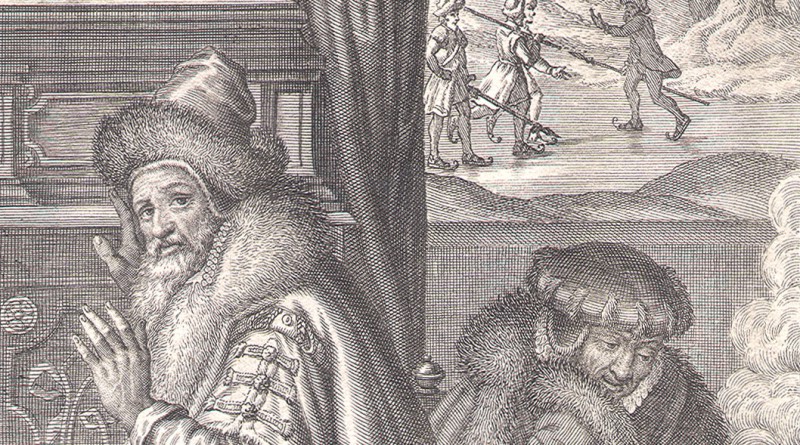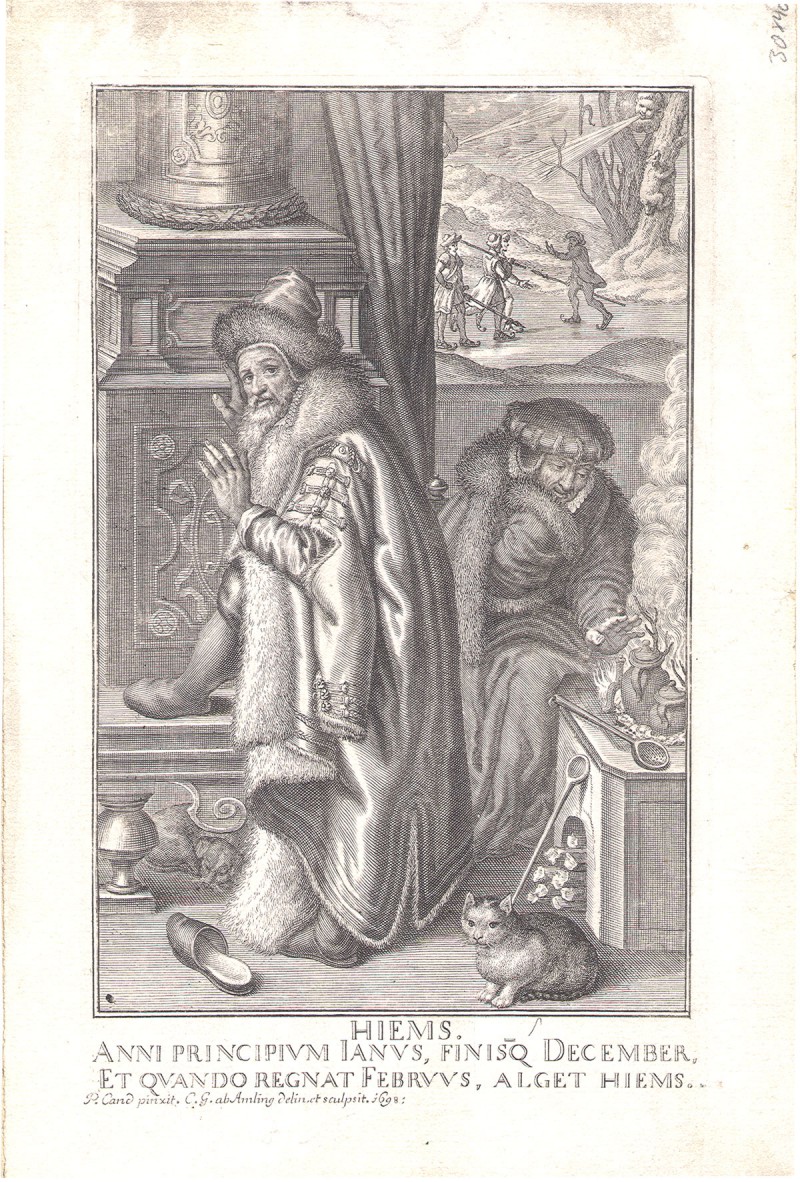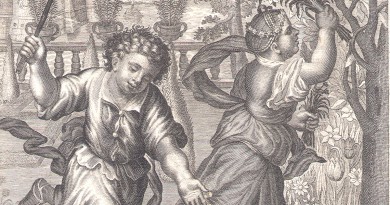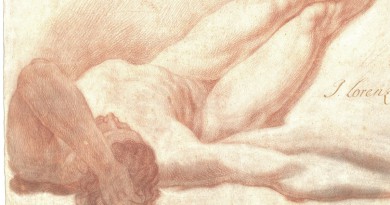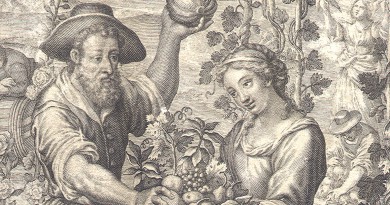Allegory of Winter – Carl Gustav Amling after Peter Candid
Carl Gustav Amling After Peter Candid (Candido)
“Hiems” – Winter
Late 17th Century Engraving
Dimensions: 31.5 X 20 cm
Annotation: P. Cand pinxit, C. G. ab Amling delin et sculpsit, 1698
This allegory of “Winter” comes from a series of twenty-two plates by engraved circa 1700 by the celebrated German artist and printmaker Carl Gustav Amling from the famous gobelin tapestries in the palace at Munich designed by Candido.
The series of prints was not published as a book, but was engraved and printed for Maximilian II Emanuel, Elector ( Kurfürst) of Bavaria, who gave Amling’s prints as a mark of favor to those of his friends whom he wished to distinguish. The twenty-two Munich plates consist of thirteen on the histories of Emperor Otho, Louis of Bavaria, and Otho of Wittelsbach; the Four Seasons; Day and Night; and the months September, October, and December.
Carl Gustav Amling was born at Nürnberg in 1650. As a young man, his talent attracted the attention of the Elector of Bavaria, Maximilian II Emanuel who sent Amling to Paris to study with Nicolas de Poilly, one of the most able engravers of his time. Upon his return to Munich he was appointed court engraver to the Elector. He is widely considered one of the greatest German engravers of his time.
Peter Candid (1548 – 1628) also known as Candido, Peter de Witt or Peter de Witte was a Dutch Mannerist painter and architect. He moved to Florence as a child with his father, a tapestry weaver, and was trained in Italy. In Florence, Candid assumed the name Pietro Candido. He worked with Giorgio Vasari on the Sala Regia in the Vatican and the dome of the Florence Cathedral. By 1586 he was called to Munich by Duke William V of Bavaria, and became the principal court painter creating frescos for the Munich Residenz and Schleissheim Palace.
These engravings are made after the tapestries Candido designed for Kurfürst Maximilian I which were woven by the Dutchman Hans van d. Biest at the Hautelisse Manufaktur in Munich (München) between 1604 – 1615.
(Sources – Wikipedia and The Biographical Dictionary of the Society for the Diffusion of Useful Knowledge – available through Google Books)

